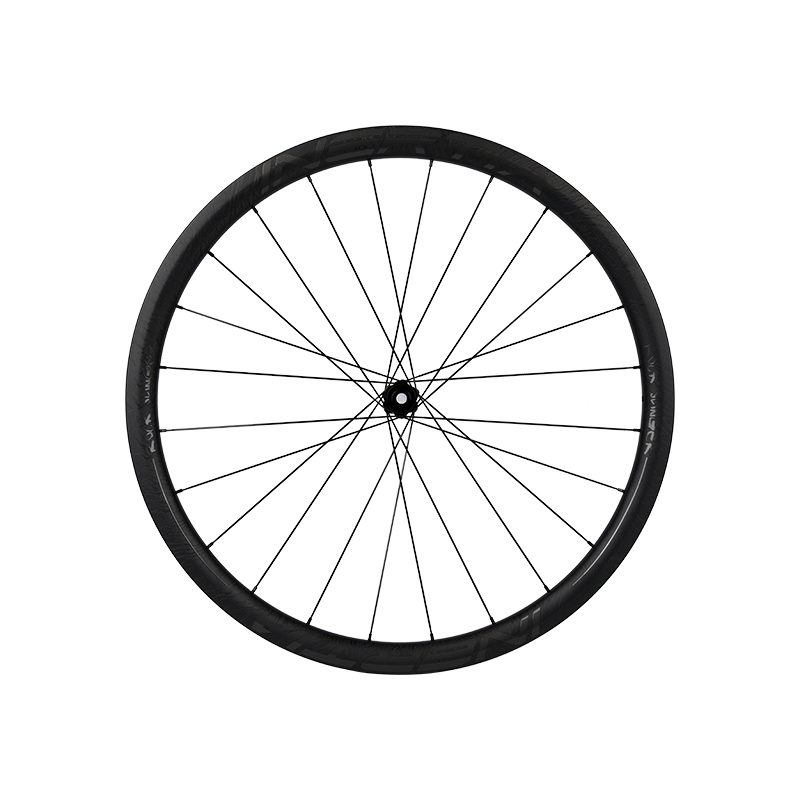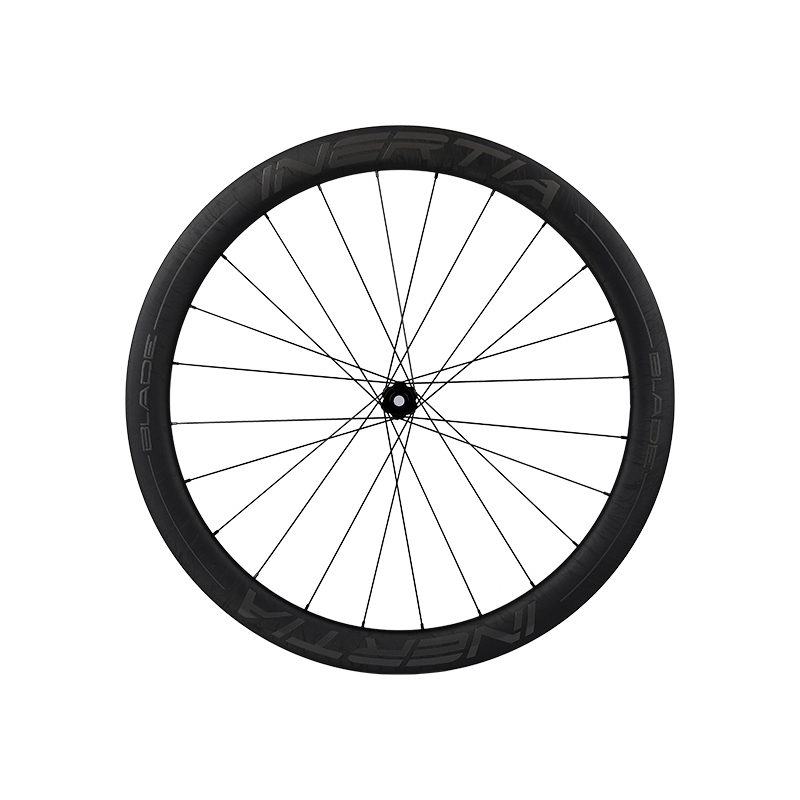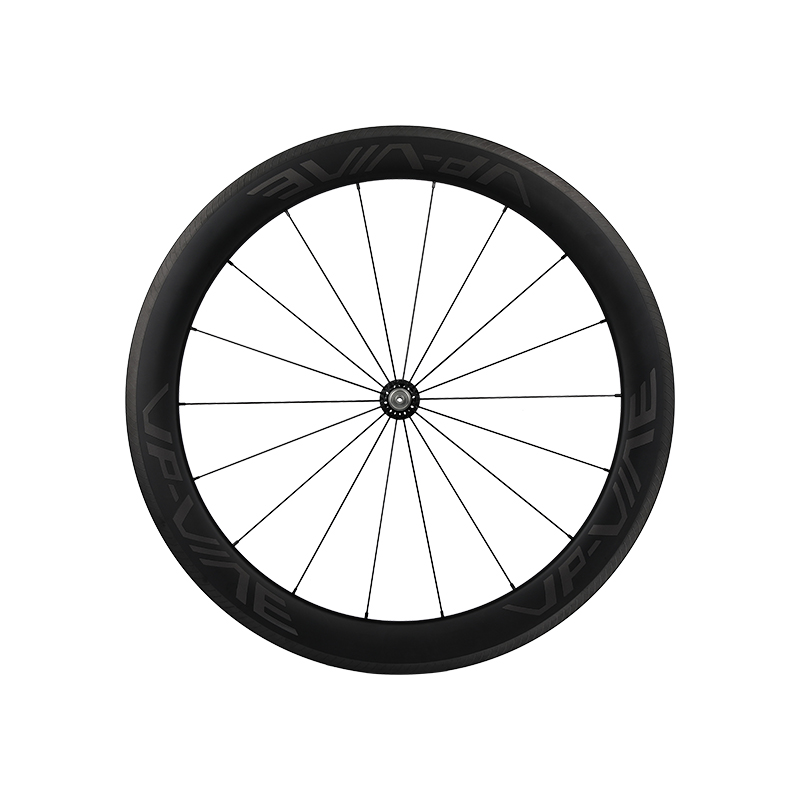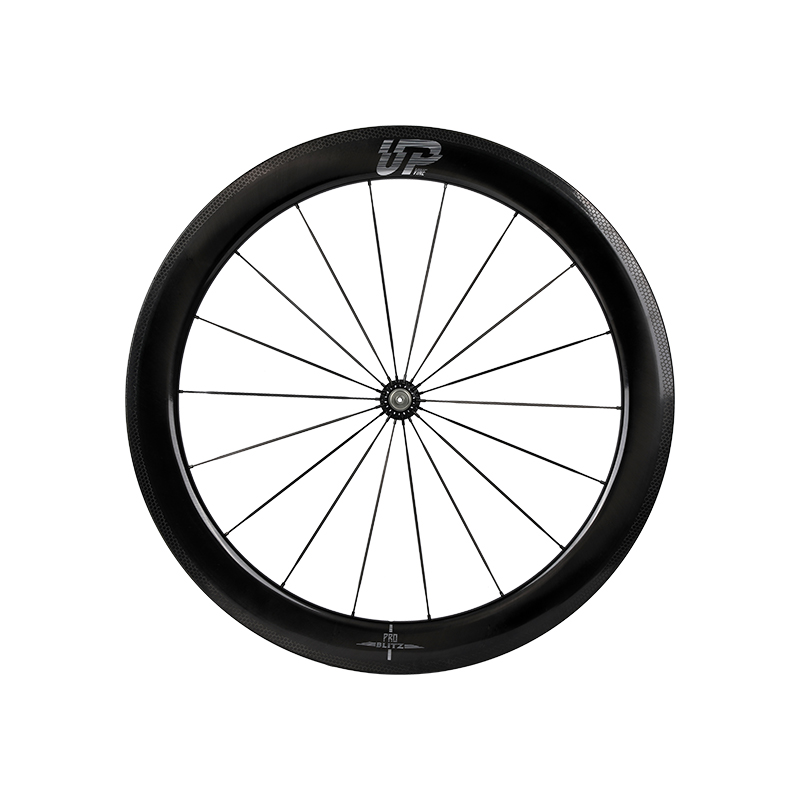1. Installation:
Tools Needed:
Inertia wheel set
Allen keys or wrenches (appropriate size for your bicycle's components)
Grease or lubricant (if necessary)
Torque wrench (optional, but recommended)
Steps:
Prepare Your Bike: Start by placing your bike in a stable position, such as on a bike stand or on the ground with the wheels off the surface.
Remove the Existing Wheels: Use the appropriate tools to loosen and remove the nuts or quick-release levers that hold your current wheels in place. Carefully take off the wheels and set them aside.
Install the Inertia Wheels: Place the inertia wheels onto the bike's frame, making sure they align with the dropouts (the slots where the wheels attach). If your inertia wheels have a quick-release mechanism, engage it securely. If they use nuts, tighten them evenly on each side to ensure the wheels are centered and aligned.
Check Alignment: Spin the wheels to check for any wobbling or misalignment. Adjust as needed by loosening the nuts or quick-release and repositioning the wheels until they spin freely without interference.
Securely Tighten: Use a torque wrench if available to tighten the nuts or quick-release levers to the manufacturer's recommended torque specifications. Proper torque ensures a secure fit without over-tightening, which can damage the components.
Test Ride: Before fully tightening everything, take a short test ride to ensure the wheels are functioning correctly and securely attached. Pay attention to any unusual vibrations or noises.

Regular Checks:
Inspect the inertia wheels before each ride for any signs of damage, wear, or loose components.
Check the tire pressure regularly and inflate to the recommended PSI (pounds per square inch) specified by the tire manufacturer.
Clean the wheels and hubs periodically to remove dirt, debris, and grime that can affect performance.
Bearings and Lubrication:
If your inertia wheels have serviceable bearings, follow the manufacturer's guidelines for bearing maintenance. This may include cleaning, greasing, or replacing bearings as needed.
Lubricate the hub and spoke nipples if recommended by the manufacturer to prevent corrosion and ensure smooth rotation.
Spoke Tension:
Periodically check the tension of the spokes using a spoke tension meter or by plucking the spokes to listen for consistent tones. Adjust spoke tension as needed to maintain bicycle inertia wheel integrity and alignment.
Brake and Rotor Alignment (if applicable):
If your inertia wheels have disc brakes, check the brake pads and rotor alignment regularly. Adjust as needed to ensure optimal braking performance without rubbing or dragging.
Professional Inspection:
Consider taking your bike to a professional bicycle mechanic for a thorough inspection and tune-up, especially if you're not familiar with all aspects of bicycle maintenance.



 Español
Español













